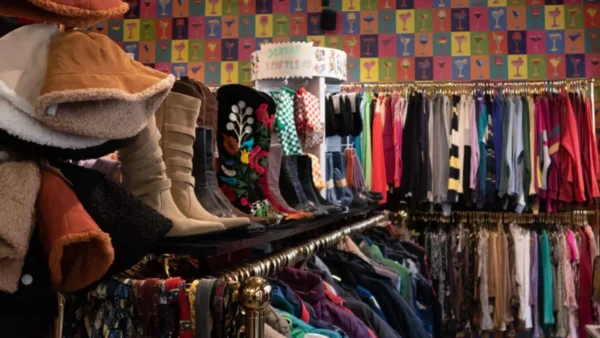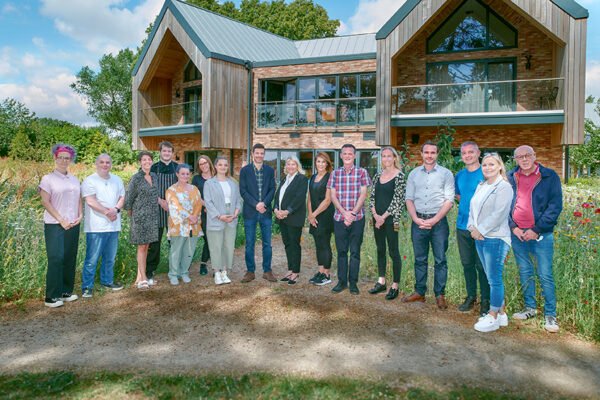How To Sell Your Stories To Journalists
How To Sell Your Stories To Journalists
 Journalists and PR’s need each other in order to successfully do their job and either gain client coverage, or find relevant news stories for their audiences. Pitching to journalists is still a huge part of a PR girl’s job. Understanding the different news outlets and what kind of stories they publish, not to mention building up relationships with the journalists behind the stories; are all a part of our fabulous job.
Journalists and PR’s need each other in order to successfully do their job and either gain client coverage, or find relevant news stories for their audiences. Pitching to journalists is still a huge part of a PR girl’s job. Understanding the different news outlets and what kind of stories they publish, not to mention building up relationships with the journalists behind the stories; are all a part of our fabulous job.
That’s why we’ve put together the ultimate guide for any PR professional to successfully pitch the busy journalist…
Email like a pro and keep it short! Please don’t be one of those people that write an email that never ends. Journalists are busy people so it’s important that you get straight to the point early in the email. Write a short pitch, let them know what you have to offer, include hi-res images and put the press release in a word doc. Make it easy for them!
Being prepared is extremely important. Having an understanding of the publication, whether it is the beauty section of ELLE magazine or business-news section of The Wall Street Journal; is key. If you know the regular features and are familiar with the types of stories that are published you will be better equipped at finding a good fit for your client or product.
Read, read, and read. Newspapers, magazines, online sites and blogs – read them all. This is the only way you’ll be prepared (plus, it’s fun to read all the glossies!).
It also helps to read other work that the journalist behind those features has done; knowing that they only write about one topic could save you some time when deciding who to pitch a press release to. They will be grateful that you have taken the time to find something that’s a fit for them, and they will be more likely to want to work with you as a result.
Forward features lists (an editorial calendar of what the publication plans on writing about over the year) or media requests are also great ways of ensuring that your pitch will be of interest, so it’s always worthwhile to keep these updated and pinned-up around your desk.
Another good way of ensuring client coverage is to put yourself in the journalist’s position. Why should they be interested in your new product? A
lot of ‘newsworthy’ stories rely on timing, and being local to readers. For example, if it is National Sun Awareness Week, it’s a great idea to draft a press-release on your client with the self-tanning lotion that protects its users from the harmful rays – it has a hook. And if this lotion is inspired by the people of Miami and has a story behind its creation – targeting Miami based journalists will mean their readers are more likely to be interested in the product.
Building up relationships with journalists is fundamental. Once a journalist publishes your client or does a great feature, call them, tell them you loved it and offer to take them out for lunch. Chances are, they will say yes to a free lunch or breakfast. Don’t be afraid to meet people face-to-face. With all the emailing, calling or even tweeting that goes on these days, it’s easy to forget to actually meet people. By getting to know a journalist personally, you not only become more memorable and show that you are serious about your job, but you can find out more about their work ethic and understand how you can help them out.
Having a few major journalists that you can count on in each of the key publications for your clients will make life a bit easier, and the same works for journalists. If they know you will be able to deliver some great information for a feature, they will come to you first.
Being aware of time constraints will also help in the long run. A journalist has to work to strict deadlines – just like us PR girls. They won’t have time to wait hours for you to send over a high-resolution photo to go with the press release – always send one with the release.
Lastly, always make sure that you are polite. Thank journalists for coverage and compliment their work – they are humans after all and just like you, they will like to be praised. It will help build your reputation as a PR pro.
Selling stories to journalists and building relationships will take time and work – but it’s all part of the wonderful job. If you put the effort in, you are sure to see results.
















































